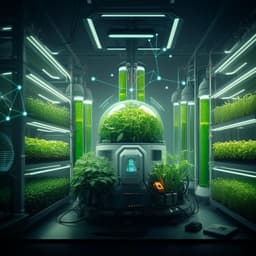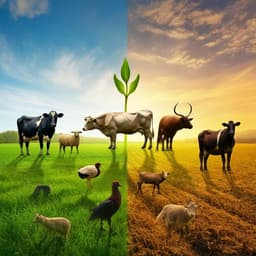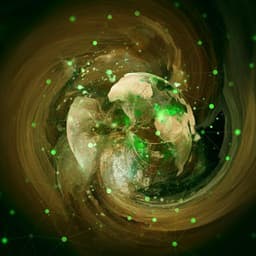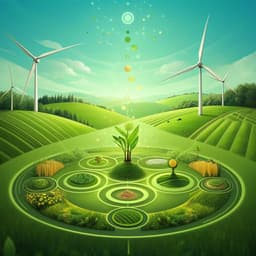
Environmental Studies and Forestry
Blue and green food webs respond differently to elevation and land use
H. Ho, J. Brodersen, et al.
This study reveals how aquatic (blue) and terrestrial (green) food webs respond differently to environmental gradients. Conducted by authors such as Hsi-Cheng Ho and Jakob Brodersen, the research indicates that while green food webs thrive in elevation, blue food webs struggle, particularly in farmland. These findings underscore the distinct structural differences between these ecosystems and their varied responses to climate change and human activities.
~3 min • Beginner • English
Related Publications
Explore these studies to deepen your understanding of the subject.







